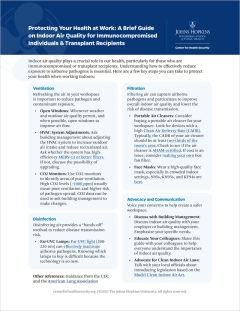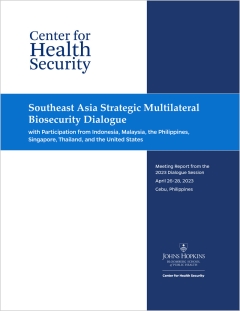Providing a definitive diagnostic test in a disease emergency is critical to limit pathogen spread, develop and deploy medical countermeasures, and mitigate the social and economic harms of a serious epidemic. While major accomplishments have accelerated test development, expanded laboratory testing capacity, and established widespread point-of-care testing, the United States does not have a plan to rapidly respond, to develop, manufacture, deploy, and sustain diagnostic testing at a national scale. To address this gap, we are proposing a National Diagnostics Action Plan that describes the steps that are urgently needed to prepare for future infectious disease emergencies, as well as the actions we must take at the first signs of such’ events.





